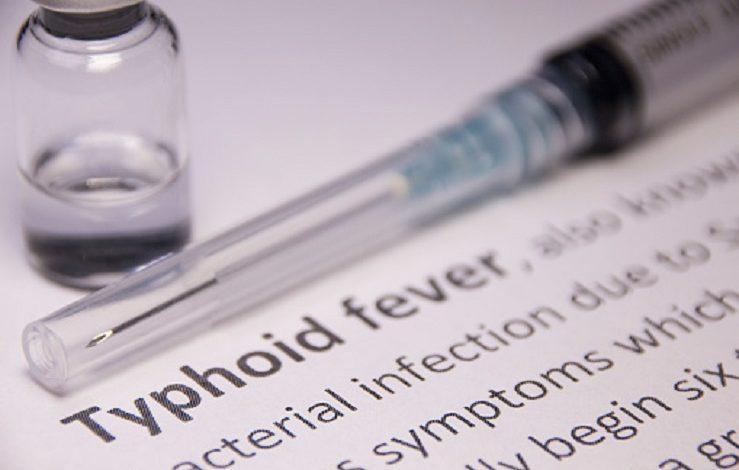Typhoid fever explodes in two weeks in Tunisia

The typhoid fever toll in Tataouine, Tunisia, has risen rapidly from 18 cases on 11 June to 230 on Friday, 26 June, the regional health director said in an interview with radio Mosaïque FM. According to him, an epidemiological investigation is still ongoing.
In addition to the coronavirus outbreak, the Tataouine region in southeastern Tunisia has also been hit by an increase in typhoid fever since 9 June. Indeed, in a statement on Friday 26 June on radio Mosaïque FM, regional health director Brahim Gharghar reported more than 200 contaminations.
According to the official, the number of infections went from 18 patients on 11 June to 230 cases on Friday 26 June.
The progression
The first patients with this disease were detected on Tuesday, 9 June. Indeed, nine people, aged between 10 and 48 years, were hospitalized at the health establishment in the city of Tataouine.
In the wake of this detection, an epidemiological investigation was launched to determine the causes that had generated typhoid fever in the region. Analyses focused on water reservoirs and pipes, as well as fruits and vegetables.
To date, the scientific committee in charge of this study has not yet issued its conclusions, Mr. Gharghar said, adding that the investigation was still ongoing.
To date, the scientific committee responsible for this study has not yet issued its conclusions, informed Mr. Gharghar, adding that the investigation was still ongoing.
The disease
Typhoid fever is a digestive tract infection caused by Salmonella typhi bacteria. The most recent global data show more than 20 million cases annually, with more than 200,000 deaths. Typhoid fever occurs most often in areas where hygiene is poor. It mainly strikes Asia, Africa and Latin America, while continuing to claim victims in developed countries.
Contamination occurs through the ingestion of water or food contaminated by the faeces of an infected person. Prevention is based on vaccination, which requires only a single injection and has a protective effect for three years.




